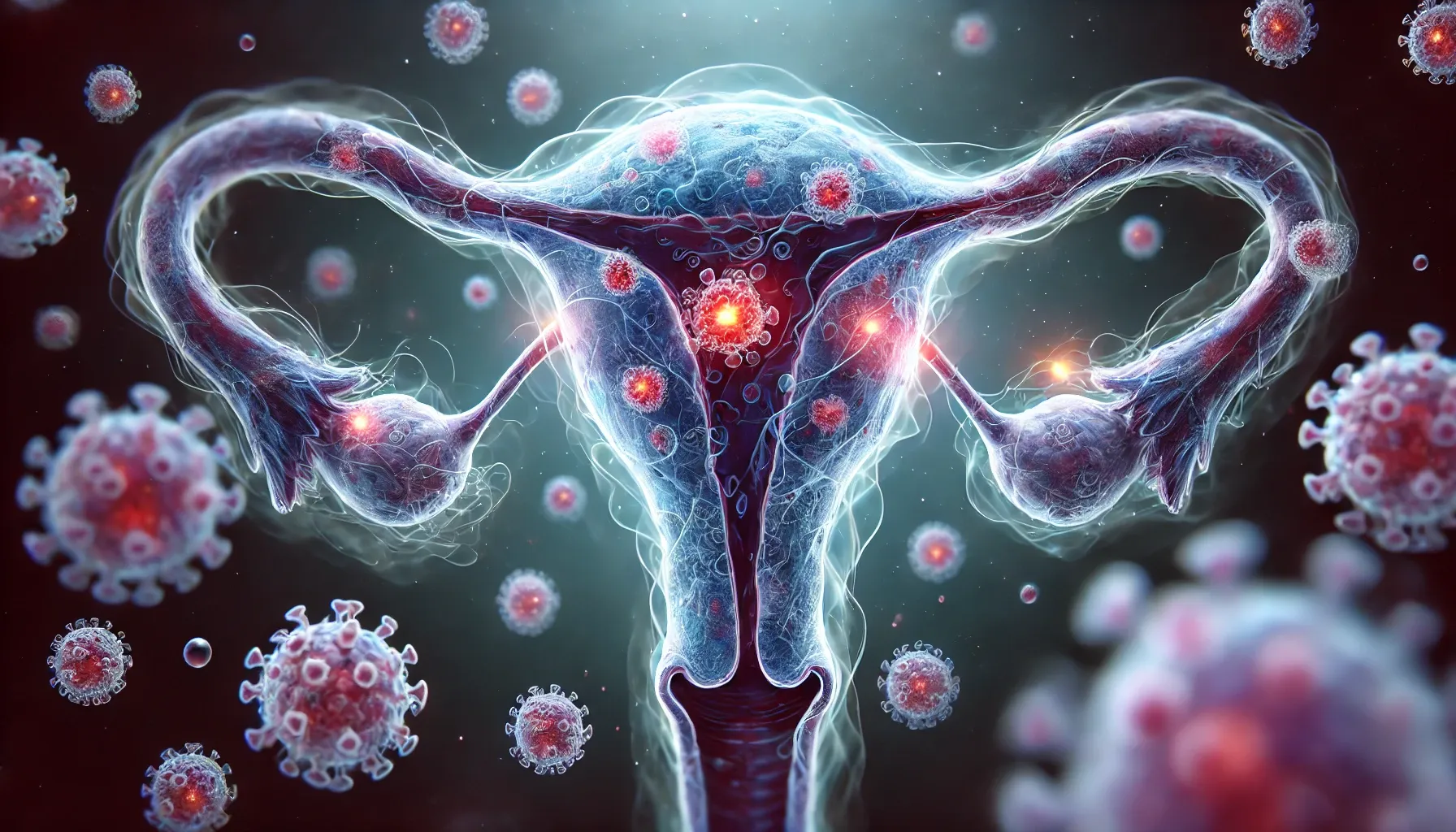UPSC
The Hindu Briefs
All You Need to Know About Cervical Cancer
Last Updated
19th March, 2025
Date Published
19th March, 2025
Share This Post With Someone

Context:
This analysis is based on an overview of cervical cancer, its causes, prevention, symptoms, and screening methods, emphasising its significance as a preventable yet major health issue for women globally and in India.
- Definition and Cause: Cervical cancer originates in the cervix (lower part of the uterus) due to abnormal cell growth, primarily caused by persistent infection with high-risk strains of Human Papillomavirus (HPV), a sexually transmitted virus.
- Global and Indian Burden: It’s the fourth most common cancer among women worldwide and the second most common in India, contributing significantly to cancer-related deaths due to late detection.
- Prevention via Vaccination: The HPV vaccine, most effective when given between ages 9-12 (before exposure), prevents over 90% of HPV-related cancers; it’s recommended up to age 45 and also benefits boys by reducing HPV transmission.
- Screening Importance: Regular screenings (Pap smear and HPV tests) detect precancerous changes years before cancer develops, enabling early intervention; only 2% of Indian women are screened, highlighting a public health gap.
- Symptoms: Early stages are asymptomatic; advanced stages show unusual discharge, bleeding between periods, post-intercourse bleeding, pelvic pain, or weight loss—prompting urgent medical attention.
- Risk Reduction: Quitting smoking, safe sex practices, balanced diet, and physical activity lower risk; follow-up on abnormal test results is critical.
- India’s Efforts: The government plans to roll out HPV vaccination under the Universal Immunisation Programme (UIP) for girls aged 9-14, with CERVAVAC (India’s indigenous HPV vaccine) expected by mid-2025.
- Challenges: High vaccine costs (₹4,000-11,000/dose), low awareness, and cultural stigma around reproductive health hinder uptake; screening infrastructure remains inadequate in rural areas.
- WHO Goals: Targets 90% vaccination of girls by age 15, 70% screening by ages 35 and 45, and 90% treatment coverage by 2030 to eliminate cervical cancer as a public health issue—India lags but shows progress.
- Social Impact: Early detection and support (family, healthcare, groups) improve recovery rates, empowering women to lead healthy lives post-diagnosis.
Link To The Original Article – https://www.thehindu.com/sci-tech/health/all-you-need-to-know-about-cervical-cancer/article69347749.ece